FROM THE PASTOR’S DESK
Dear St. Mary’s Parishioners,
In America’s heartland, where tractors outnumber people a monastery jets out in the middle of the horizon of rolling hills and wheat fields, looking completely out of place. It’s as if one of God’s angels picked it up from some medieval French town and plopped it down on someone's farm. It’s called Gower, Missouri, a Podunk town you’ve probably never heard of. It’s 40 miles outside Kansas City. Within its stone walls is a group of young nuns packed to near capacity in their newly constructed chapel of the Benedictine Sisters of Mary, Queen of Apostles. If you walk in during the middle of Holy Mass or during one of their daily prayer services, time itself seems to effortlessly meld with the harmonious echoes of their ancient Latin chants. If it wasn’t for the modern lighting hanging from the ceiling, you would forget that it was still the 21st century. In this quiet place of solitude and prayer, thousands upon thousands of people are flooding it at this very moment. At last count, 15 thousand came in just a few days. More are coming from all over the country and even from all over the world.
They are coming to see a simple, old nun by the name of Sr. Wilhelmina Lancaster. What’s so special about that, you may be wondering? She’s been dead for over 4 years. Last week, they exhumed her body from the monastery cemetery in order to transfer her remains to inside the church where a special tomb was prepared. To everyone's surprise her body showed no signs of decay. It was as if she had just died yesterday. No embalming had been done; no artificial means of preservation used. It was a total shock. The nuns tried to keep it quiet but word started spreading like a California wildfire. If proven to be an authentic miracle, Sr. Wilhelmina would be the first incorruptible saint in history of the United States. But she would not be the first in Church history. Incorruptible bodies of saints have happened before in our long history. She would join a list of notable saints, like St. Padre Pio in Italy, St. John Vianney of France and St. Rose of Lima, Peru. These phenomenal saints and their miraculous bodies may sound bizarre and weird to our modern ears but if you think about it, for the Christian, death is unnatural. Death is actually bizarre and weird. Maybe that is why it hurts so much when our loved ones pass?
From the beginning it was not so. As we read in the Book of Genesis, God created us in his “image and likeness” (Cf. Genesis 1:27). He formed Adam from the dust of the earth and “breathed” life into him. Humanity was meant to live for eternity with God. Sadly, Adam and Eve disobeyed God; sin and all its misery rushes into the world like a tidal wave. Our bodies now become corrupted. We grow witheringly old, wrinkly, and weak. The suffering and pain we all experience in this life was never meant to be. Now enter the glory of Jesus Christ. Our Lord comes into the world to restore our eternity. He takes on these broken bodies of ours and unites it to himself and carries it all the way to Calvary, mounting it on the wood of the cross. He pays the price of Adam’s sin through his own body and blood, thus restoring us in the process. You and I have the opportunity to enter into the eternity of Heaven at every single Mass. It is here that Christ offers to us to “eat his body and drink his blood”. The Eucharist is not symbolic! It is truly Him. The other churches that say it is merely a symbol or unimportant are gravely wrong. They are missing out on Heaven itself! For our Lord himself clearly tells us: “Very truly, I tell you, unless you eat the flesh of the Son of Man and drink his blood, you have no life in you. Those who eat my flesh and drink my blood have eternal life, and I will raise them up on the last day; for my flesh is true food and my blood is true drink. Those who eat my flesh and drink my blood abide in me, and I in them.” (Cf. John 6:52-71)
A Slave of Jesus Christ,
Fr. Brian J. Soliven
